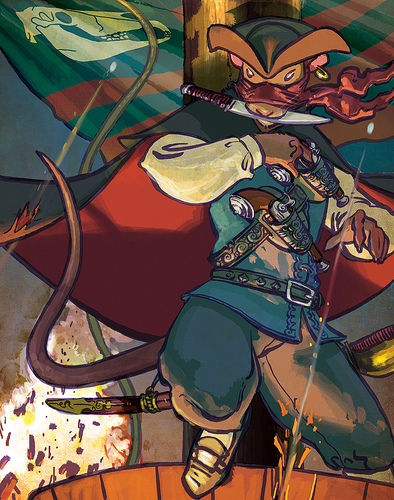

NOTE: And here is part two of my six-part overview of the first hundred years of the coin-operated amusement industry.

By the beginning of the 1930s, this trend culminated in three brothers developing a whole new arcade concept, the Sportland, which focused on games rather than novelty attractions or peep shows, signifying a paradigm shift within the industry. As slot machines became increasingly regulated and pushed to the fringes of lawful society by the early 1920s, however, coin-op companies old and new began injecting a degree of skill into their games of chance.

As popular as it was controversial, the advent of the “one-armed bandit” brought coin-op companies like Mills and Caille Brothers ever increasing profits and the industry an ever increasing stigma it would take decades to finally shed. Just as the peep show fell out of favor, new advances in engineering resulted in the first practical fully automatic payout gambling machines. The penny arcade boom was over.īut coin-operated entertainment did not die. Men like Zukor and Fox abandoned the arcade for the promise of the new motion picture business, and even American Mutoscope chose to distance itself from its roots, shortening its name to American Biograph in 1909. Griffith was making short films for American Mutoscope and Biograph, and not long after that Mary Pickford and the Gish sisters were starring in them. By 1908, three years after the first nickelodeon opened in Pittsburgh, D.W. The Biograph was not the first film projector - the project was implemented to counter the Edison-backed Vitascope and the Lumière brothers were already making their first films for display via the Cinematograph in France - but American Mutoscope, renamed American Mutoscope and Biograph in 1899, was far better funded than most of its competitors and took an early lead in film projection. In 1896, two years after completing the Mutoscope, Casler, at Dickson’s urging, developed the Biograph, a projector that allowed film to be displayed on a large screen rather than in a tiny wooden box. But William Dickson and Henry Casler were never the type to rest on their laurels. The peep show dominated the arcade, and American Mutoscope dominated the peep show. Marcus Loew, who would later establish the Loews theater chain and forge MGM, ran an arcade, so did Adolph Zukor, who established Paramount Pictures, and William Fox, who gave his name to 20th Century Fox. Between 18, the penny arcade enjoyed a preeminent position in the entertainment world.


 0 kommentar(er)
0 kommentar(er)
